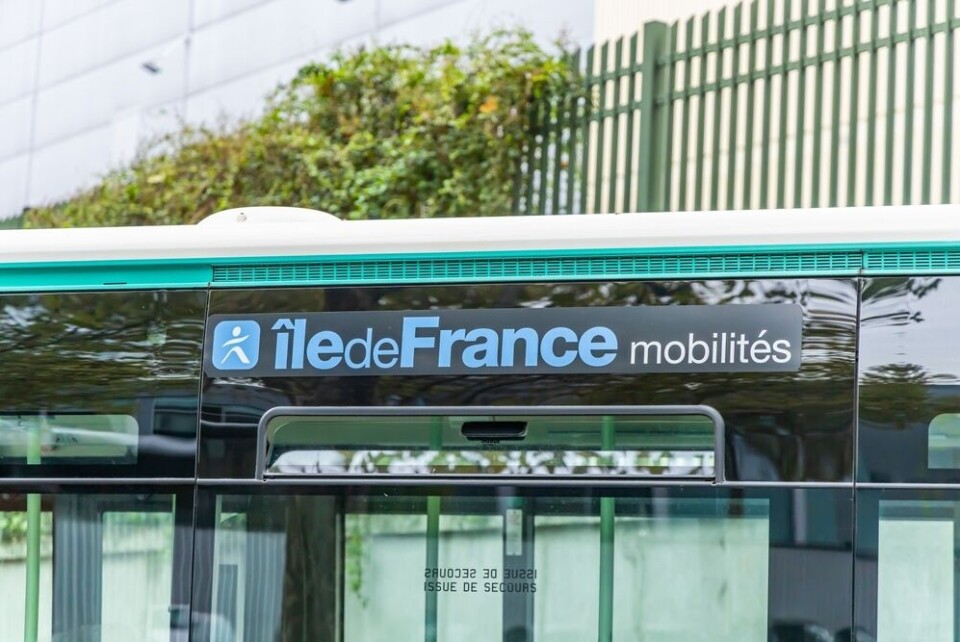-
Public transport to be free for over 65s (and under 10s) in Aix-Marseille
The new measure will apply to 240,000 children and 500,000 over-65s
-
Montpellier makes all public transport free for residents
‘I hope it will inspire other major cities,’ said the mayor
-
Bid to make public toilets free in France
The change is particularly targeted at train stations which charge for access
Driverless bus operates on usual travel line for first time in France
Buses on line 393 connect towns on the outskirts of Paris and have no driver during low-traffic hours. Passengers have to be seated as the bus can brakes more abruptly

The first bus line to operate without a driver in France has been running successfully since September 11, connecting towns on the outskirts of Paris.
A safety officer is still present behind the wheel in case of an emergency and so as to put people - and other drivers - at ease.
The project was first initiated in 2020 and line 393 was selected by the RATP Paris transit authority for its high traffic – around 20,000 passengers a day – and its dedicated bus path.
The first driverless bus
Other driverless transit options have been tested before but only under the form of electric shuttles in Paris and Lyon, in 2017 and 2022 respectively. These shuttles were operated by private firms and took passengers on very short journeys between two stops.
The experiment in Val-de-Marne, on the other hand, wants the driverless, full-size buses on line 393 to perform the same duties as those which have drivers.
Over the past few months, the bus successfully drove without passengers, first at night and then during the day.
For phase 3, the bus is now taking passengers during low-traffic hours, from 9:00 to 15:00 during weekdays. Strollers and people with low mobility are not accepted because the bus breaks more abruptly than with a human driver.
Out of safety concerns, all passengers are required to sit down and buckle up, limiting capacity to the bus’s 18 seats. To reassure passengers, a ‘safety driver’ is present behind the wheel ready to take over in the case of an emergency.
The 12-metre long bus is also 100% electric, and links to important transit hubs: the terminus of underground line 8 in Créteil, and the RER A station Sucy-Bonneuil. It runs for around 30 minutes over 20 stops through.
[Innovation] Depuis le 11/09, le #bus #autonome de la ligne 393 (circulant entre Sucy-Bonneuil RER et Créteil Pointe du Lac), accueille des voyageurs à bord. Une nouvelle phase de cette expérimentation, illustrant les ambitions et le savoir-faire d'@IDFmobilites et #groupeRATP. pic.twitter.com/2eAFs3UgC6
— RATP Group (@RATPgroup) September 18, 2023
In the past two weeks of operation, no incident has been reported and the line is reported to have been running smoothly.The RATP has not communicated on when the experiment will end, when it will become permanent, and if it will be tested on other lines as well.
A successful phase 3 would open the way for driverless buses across the country and could allow more rural areas and small towns to significantly improve their public transport offers.
Read also
More Etias info, late planes, TGV revamp: 10 French travel updates
























